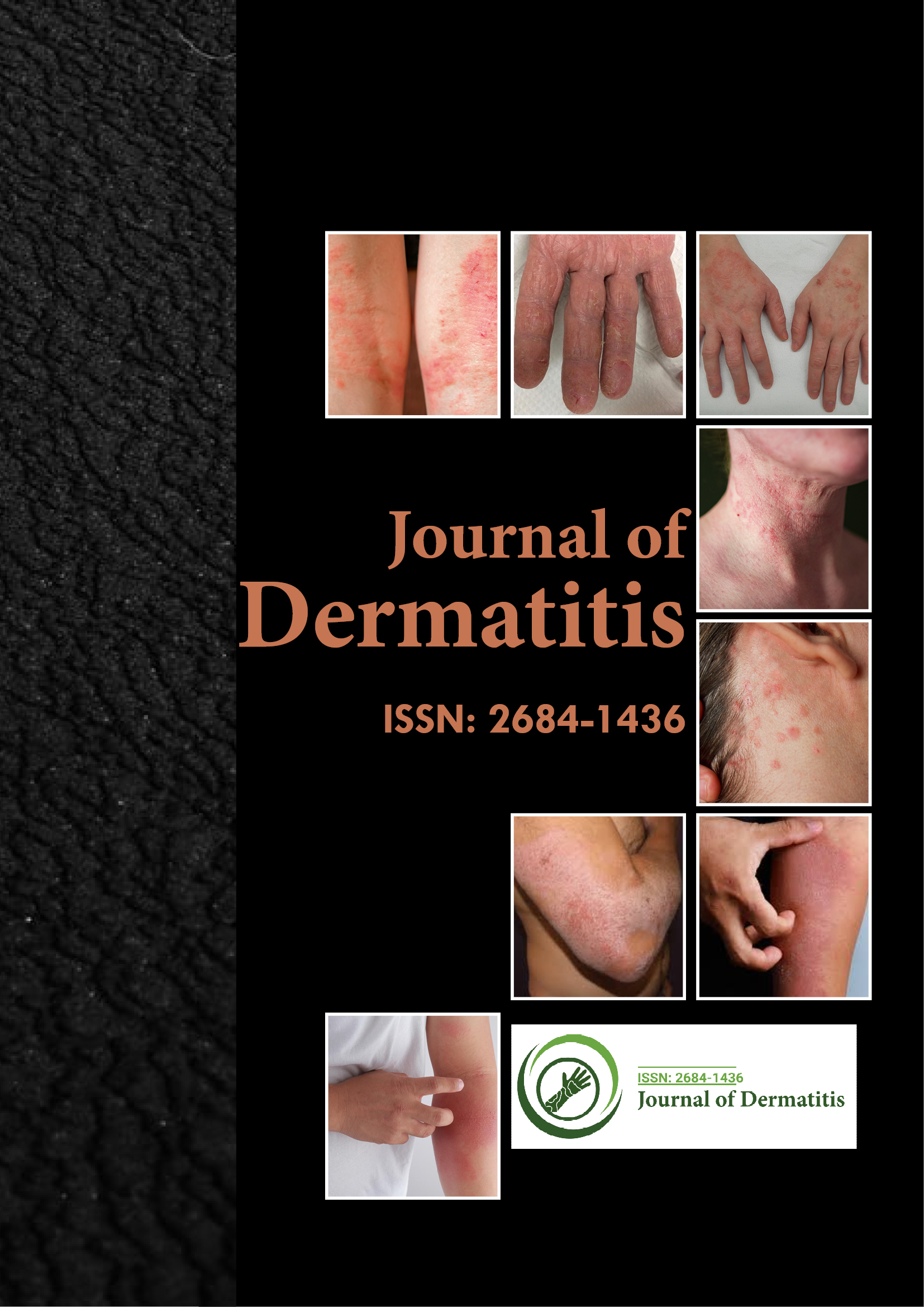Indexado em
- RefSeek
- Universidade de Hamdard
- EBSCO AZ
- Euro Pub
- Google Scholar
Links Úteis
Compartilhe esta página
Folheto de jornal

Periódicos de Acesso Aberto
- Agro e Aquicultura
- Alimentos e Nutrição
- Bioinformática e Biologia de Sistemas
- Bioquímica
- Ciência de materiais
- Ciencias ambientais
- Ciências Clínicas
- Ciências Farmacêuticas
- Ciências gerais
- Ciências Médicas
- Cuidados de enfermagem e saúde
- Engenharia
- Genética e Biologia Molecular
- Gestão de negócios
- Imunologia e Microbiologia
- Neurociência e Psicologia
- Química
Abstrato
Estudo transversal para estimar a prevalência da DA e identificar os fatores de risco associados ao seu desenvolvimento na comunidade rural da Índia
Purkshish Kaushal, Sanjeev Handa, Rahul Mahajan, Dipankar De, Ravindra Khaiwal
Introdução: A Dermatite Atópica (DA) é uma doença dermatológica crónica, inflamatória e recidivante, com início em idade precoce.
Objectivo: Este estudo foi realizado para estimar a prevalência da DA numa comunidade rural na população do norte da Índia utilizando os critérios do Grupo de Trabalho do Reino Unido para a DA e para avaliar a associação dos factores de risco com a DA, comparando com um subgrupo sem DA na população estudada.
Materiais e métodos: Os doentes consecutivos com diagnóstico de DA (avaliados pelos critérios de Hanifin e Rajka) foram agrupados de 495 crianças participantes do distrito de Fatehgarh, Punjab (30,6435°N, 76,3970°E). Foram consideradas várias características clínicas e epidemiológicas e os fatores de risco significativamente associados foram avaliados comparando os subgrupos com DA e sem DA.
Resultados: Dos 495 participantes, dezassete participantes (3,4%) foram diagnosticados com dermatite atópica. Dezasseis (3,2%) participantes encontravam-se na faixa etária ≤ 1 ano, 118 (23,8%) entre 1 a 5 anos e 361 (72,9%) tinham > 5 anos respetivamente. A proporção entre homens e mulheres nestas faixas etárias foi de 1:1,06 na faixa etária inferior a 1 ano, 0,8:1 nas faixas etárias dos 1 aos 5 anos e 1,06:1 na faixa etária dos 6 aos 18 anos. No nosso estudo, foram avaliados vários fatores de risco quanto à sua associação com a DA através de uma análise de regressão univariada e multivariável. O coeficiente de regressão foi significativo para as creches, o uso precoce de antibióticos e a tendência para a infeção cutânea, tanto na análise univariada como na multivariada, enquanto o uso de requeijão nos dois primeiros anos de vida foi protetor na análise de regressão univariável.
Conclusão: Existem apenas alguns estudos na Índia sobre a prevalência da DA, mas nenhum em ambiente comunitário. Observamos uma menor prevalência de DA na comunidade rural. A exposição precoce a antibióticos e a frequência de creches (Anganwaris) têm sido associadas ao desenvolvimento de DA. São necessários mais estudos epidemiológicos sobre a DA na infância e na idade adulta em diferentes zonas do país para se verificar a carga real da doença.